Home>Furniture & Design>Interior Design Trends>How Many Glasses Of Water Is 40 Oz
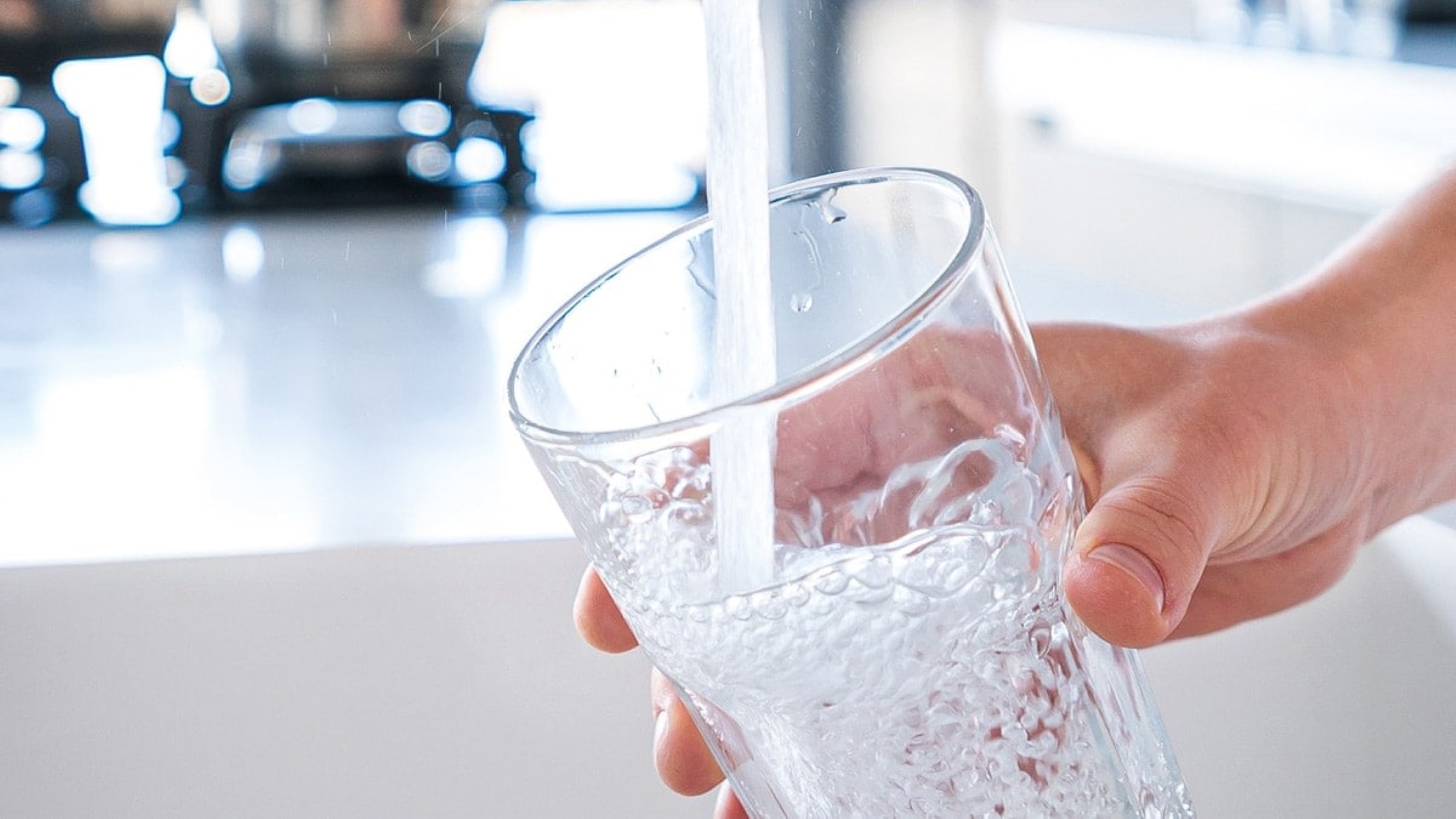

Interior Design Trends
How Many Glasses Of Water Is 40 Oz
Modified: February 18, 2024
Discover the latest interior design trends and find out how many glasses of water 40 oz is. Stay updated with our expert insights.
(Many of the links in this article redirect to a specific reviewed product. Your purchase of these products through affiliate links helps to generate commission for Storables.com, at no extra cost. Learn more)
Introduction
Understanding the importance of proper hydration is crucial for maintaining overall health and well-being. Water is an essential component of the human body, playing a vital role in various physiological functions. Many individuals strive to meet their daily water intake goals, often measured in ounces or glasses. However, the relationship between these units of measurement can sometimes lead to confusion. In this article, we will delve into the concept of water intake, specifically focusing on the conversion of 40 ounces to the corresponding number of glasses. By exploring this topic, we aim to provide clarity and valuable insights into the recommended daily water intake and its practical application in everyday life.
Key Takeaways:
- Drinking 40 ounces of water equals 5 standard glasses. Visualizing water intake in glasses helps track hydration and supports overall health.
- Factors like activity level, climate, and body size influence water needs. Personalized hydration and mindful tracking optimize well-being.
Read more: How Many Oz In A Blender Bottle
Understanding the Recommended Daily Water Intake
The recommended daily water intake is a fundamental aspect of maintaining optimal health and wellness. Understanding the significance of adequate hydration is essential for individuals seeking to prioritize their well-being. The daily water intake recommendation varies depending on factors such as age, gender, activity level, and overall health. However, a commonly cited guideline is the "8×8 rule," which suggests consuming eight 8-ounce glasses of water per day, totaling 64 ounces.
It's important to note that this guideline serves as a general recommendation and may not be universally applicable to every individual. Factors such as climate, physical exertion, and individual metabolic rates can influence the ideal daily water intake. Additionally, certain health conditions or medications may necessitate adjustments to the standard recommendation.
Proper hydration is crucial for supporting bodily functions such as temperature regulation, nutrient transportation, joint lubrication, and waste removal. Dehydration can lead to a range of adverse effects, including fatigue, dizziness, headaches, and impaired cognitive function. Therefore, staying adequately hydrated is pivotal for overall health and vitality.
In recent years, there has been a growing emphasis on personalized hydration, with experts encouraging individuals to listen to their bodies and adjust their water intake based on thirst and activity levels. This approach promotes a more intuitive and individualized approach to hydration, allowing individuals to tailor their water intake to their specific needs.
By understanding the recommended daily water intake and its significance, individuals can make informed choices to support their overall health and well-being. In the following sections, we will explore the practical aspects of converting ounces to glasses, as well as the factors that can influence an individual's water intake needs.
Converting Ounces to Glasses
When it comes to understanding and tracking our daily water intake, the conversion of ounces to glasses plays a crucial role in practical application. This conversion allows individuals to translate the recommended daily water intake, often expressed in ounces, into a more tangible and easily visualized unit of measurement: the standard drinking glass.
To convert ounces to glasses, it is essential to consider the typical size of a standard drinking glass. In the context of water consumption, a standard glass is often considered to be 8 ounces. This means that a single glass of water is equivalent to 8 ounces. Therefore, to convert a specific quantity of ounces to the corresponding number of glasses, one can simply divide the total number of ounces by 8.
For example, if we consider the scenario of 40 ounces of water, the conversion to glasses can be calculated as follows:
40 ounces ÷ 8 ounces/glass = 5 glasses
This calculation reveals that 40 ounces of water is equivalent to 5 standard glasses. By understanding this conversion, individuals can easily visualize and track their water intake based on the number of glasses consumed throughout the day.
Moreover, this conversion provides a practical and accessible way for individuals to monitor their hydration levels, especially when the recommended daily water intake is expressed in ounces. By visualizing their water consumption in terms of glasses, individuals can set achievable goals and track their progress more effectively.
Understanding the conversion of ounces to glasses empowers individuals to make informed decisions about their hydration and ensures that they are meeting their daily water intake goals. This practical approach to tracking water consumption can contribute to a more mindful and intentional approach to hydration, ultimately supporting overall health and well-being.
In the next section, we will explore the various factors that can influence an individual's water intake needs, shedding light on the dynamic nature of hydration requirements and the importance of personalized approaches to staying adequately hydrated.
A standard glass of water is usually 8 ounces, so 40 ounces of water is equivalent to 5 glasses.
Factors Affecting Water Intake
Several factors play a significant role in determining an individual's water intake needs, highlighting the dynamic and personalized nature of hydration requirements. Understanding these factors is essential for tailoring one's approach to staying adequately hydrated and optimizing overall health and well-being.
-
Physical Activity: Engaging in physical activity, especially strenuous exercise, leads to increased perspiration and fluid loss. As a result, individuals who are physically active often require higher water intake to compensate for the fluids lost through sweating. It's crucial to replenish lost fluids during and after exercise to maintain proper hydration levels and support optimal physical performance.
-
Climate and Environment: Environmental factors, such as temperature and humidity, can significantly impact the body's hydration needs. In hot and humid conditions, the body tends to sweat more profusely, leading to greater fluid loss. Similarly, individuals living in high-altitude environments may experience increased respiratory water loss. Adapting water intake based on climate and environmental conditions is essential for preventing dehydration and supporting the body's adaptive mechanisms.
-
Metabolic Rate and Body Size: Metabolic rate and body size influence the body's overall water requirements. Individuals with higher metabolic rates or larger body sizes may necessitate increased water intake to support metabolic processes and maintain proper hydration. Additionally, factors such as age, gender, and muscle mass can also impact an individual's metabolic water production and fluid balance.
-
Dietary Factors: The consumption of certain foods and beverages can contribute to overall fluid intake. Foods with high water content, such as fruits and vegetables, can contribute to hydration levels. Additionally, beverages like herbal teas and milk can also contribute to daily fluid intake. Monitoring both food and beverage choices can complement overall water intake goals and contribute to adequate hydration.
-
Health Conditions and Medications: Certain health conditions, such as fever, vomiting, or diarrhea, can lead to increased fluid loss and may necessitate adjustments to water intake. Similarly, individuals taking medications that have diuretic effects or impact fluid balance should consider their hydration needs in consultation with healthcare professionals. Tailoring water intake based on individual health circumstances is crucial for maintaining optimal hydration levels.
By considering these factors, individuals can adopt a more personalized approach to meeting their daily water intake goals. Recognizing the dynamic nature of hydration needs and making adjustments based on individual circumstances can contribute to a more effective and sustainable approach to staying adequately hydrated.
In summary, understanding the various factors affecting water intake empowers individuals to make informed decisions about their hydration, supporting overall health and well-being. By acknowledging the dynamic nature of hydration requirements and embracing a personalized approach, individuals can optimize their daily water intake and prioritize proper hydration as an essential component of a healthy lifestyle.
Conclusion
In conclusion, the journey to understanding and meeting our daily water intake goals is a multifaceted and dynamic endeavor. By exploring the conversion of 40 ounces to the corresponding number of glasses, we have gained valuable insights into the practical application of recommended hydration guidelines. The conversion of ounces to glasses serves as a tangible and accessible method for individuals to track and visualize their water consumption, ultimately supporting their overall health and well-being.
Moreover, our exploration of the factors affecting water intake has shed light on the personalized nature of hydration requirements. By considering elements such as physical activity, climate, metabolic rate, dietary factors, and health conditions, individuals can tailor their approach to hydration, ensuring that they meet their unique daily water intake needs. This personalized approach promotes a more intuitive and sustainable method of staying adequately hydrated, empowering individuals to prioritize their health and well-being.
As we navigate the complexities of hydration, it is essential to recognize that the recommended daily water intake serves as a general guideline and may require adjustments based on individual circumstances. By embracing a mindful and individualized approach to hydration, individuals can optimize their water intake, supporting their overall health and vitality.
In the pursuit of optimal hydration, the conversion of ounces to glasses serves as a practical tool for individuals to monitor and achieve their daily water intake goals. By visualizing their water consumption in terms of glasses, individuals can set achievable targets and track their progress with ease. This approach fosters a greater sense of awareness and accountability, encouraging individuals to make informed choices about their hydration throughout the day.
Ultimately, the journey to meeting our daily water intake goals extends beyond mere numbers and measurements. It encompasses a holistic commitment to prioritizing our health and well-being, recognizing the vital role that proper hydration plays in supporting our physiological functions and overall vitality. By understanding the recommended daily water intake, embracing a personalized approach to hydration, and utilizing practical tools such as the conversion of ounces to glasses, individuals can embark on a journey towards sustained well-being and optimal hydration.
In essence, the conversion of 40 ounces to the corresponding number of glasses represents a tangible step towards achieving our daily water intake goals, fostering a deeper connection to the essential role of hydration in our lives. As we continue to navigate our individual paths towards proper hydration, may we approach this endeavor with mindfulness, intention, and a steadfast commitment to nurturing our bodies and prioritizing our health.
Frequently Asked Questions about How Many Glasses Of Water Is 40 Oz
Was this page helpful?
At Storables.com, we guarantee accurate and reliable information. Our content, validated by Expert Board Contributors, is crafted following stringent Editorial Policies. We're committed to providing you with well-researched, expert-backed insights for all your informational needs.
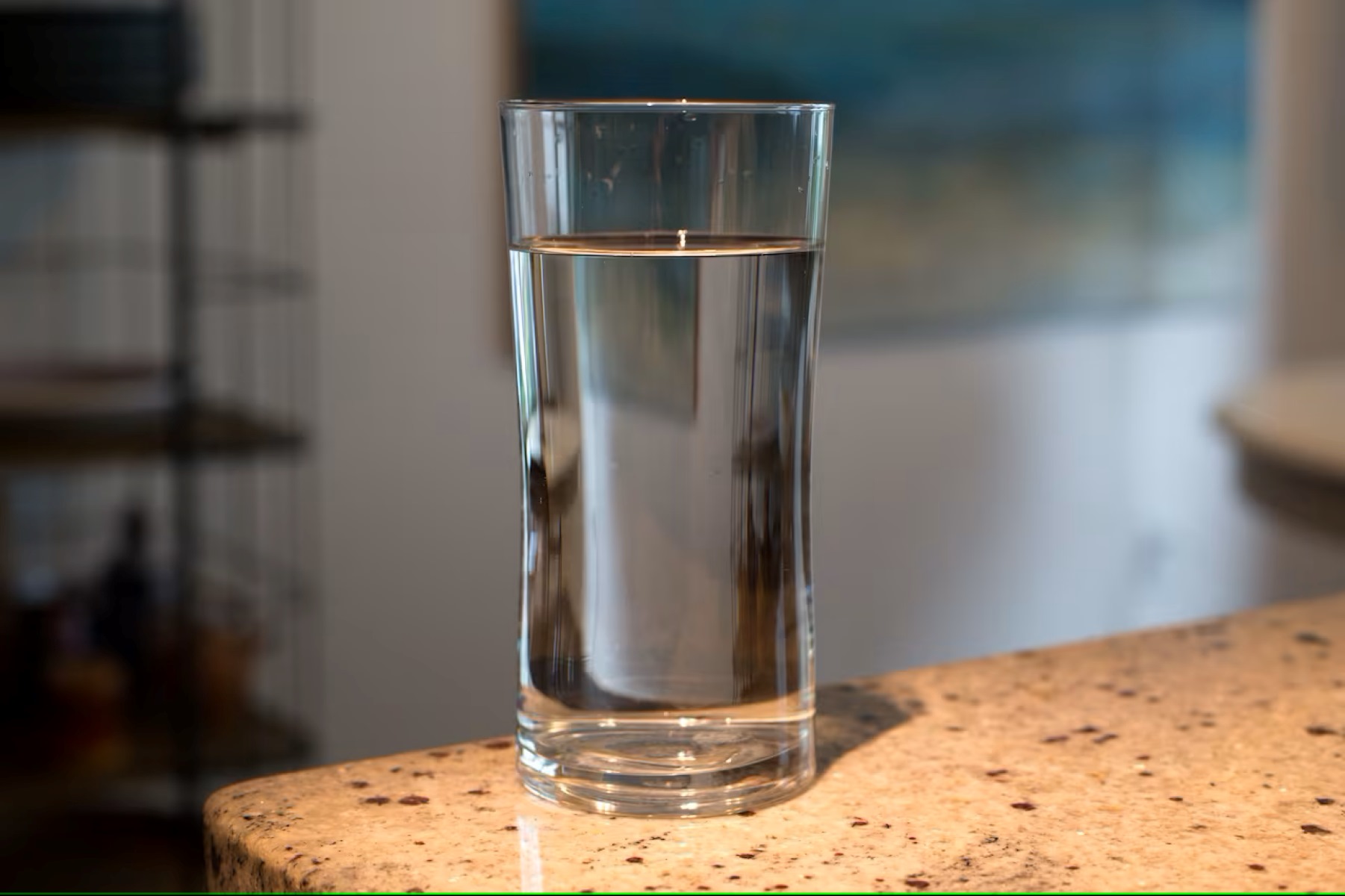
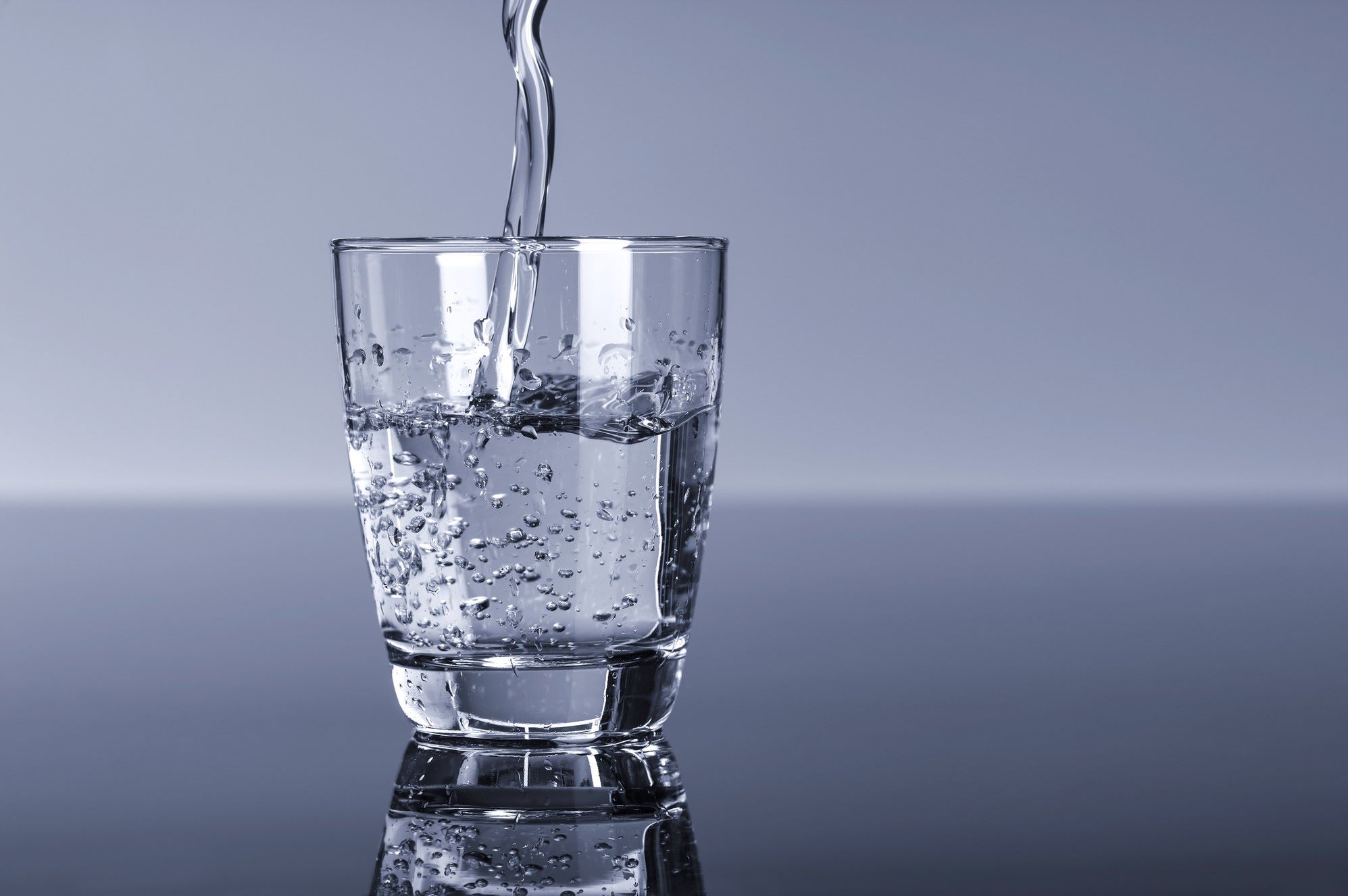
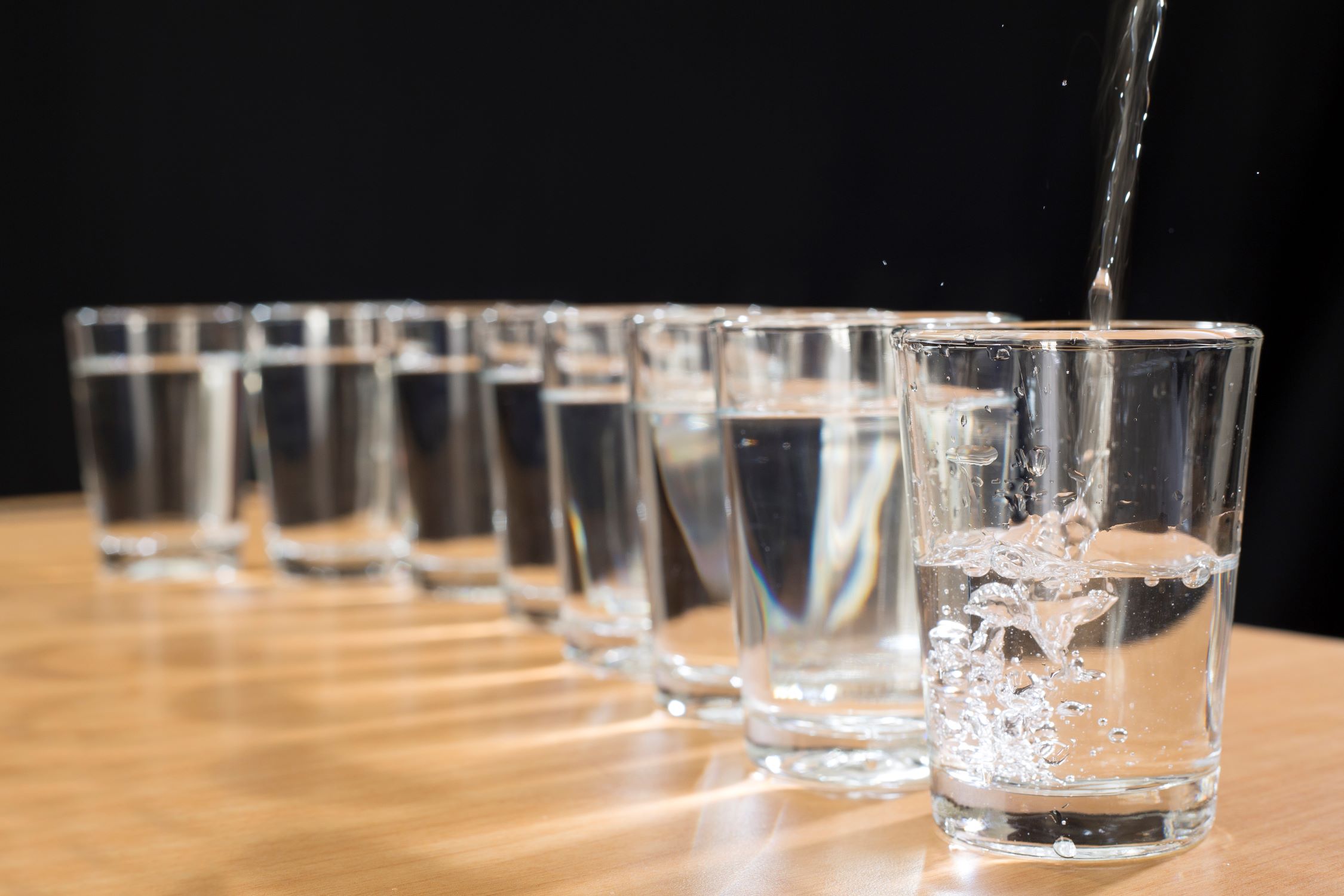
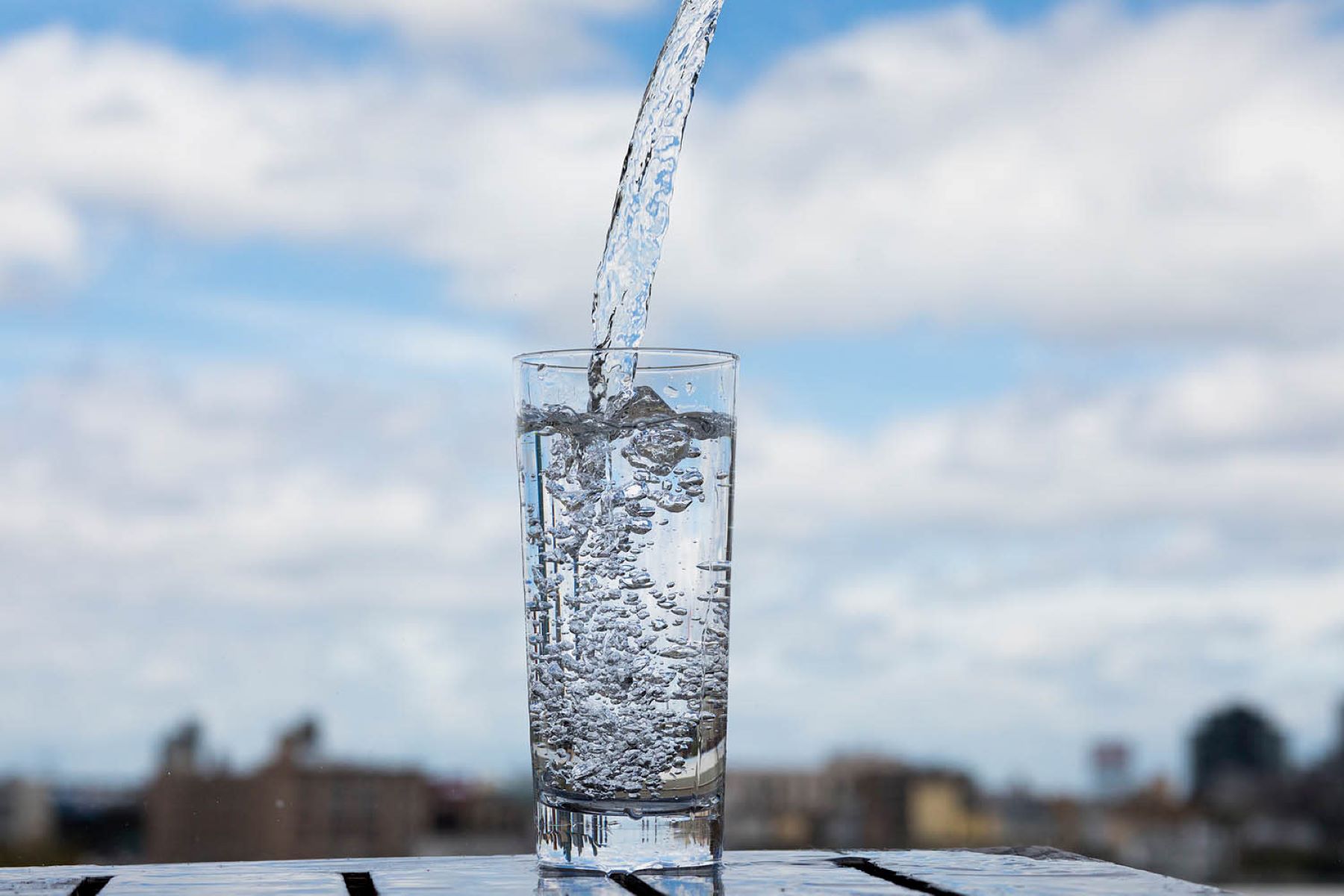
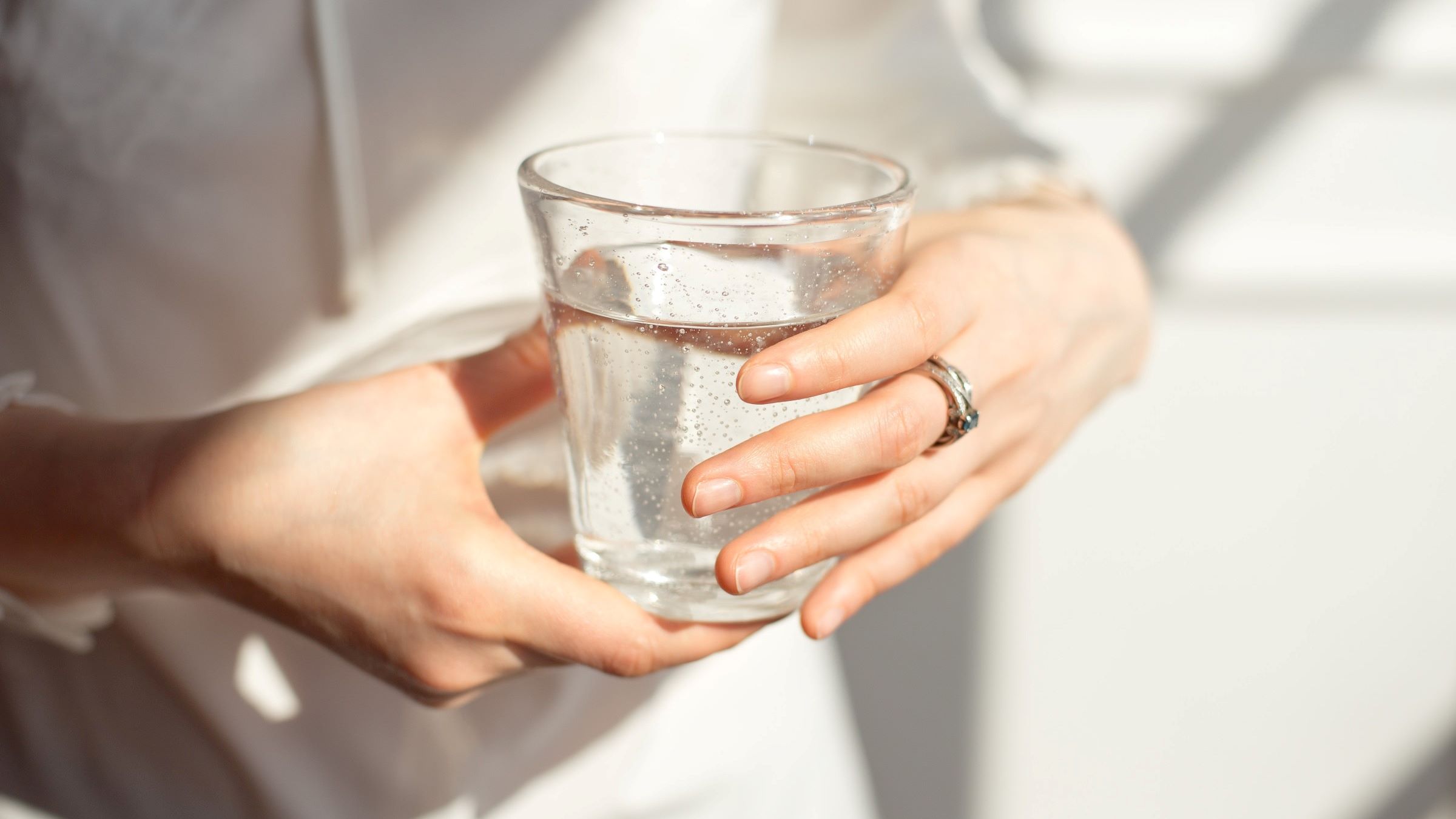
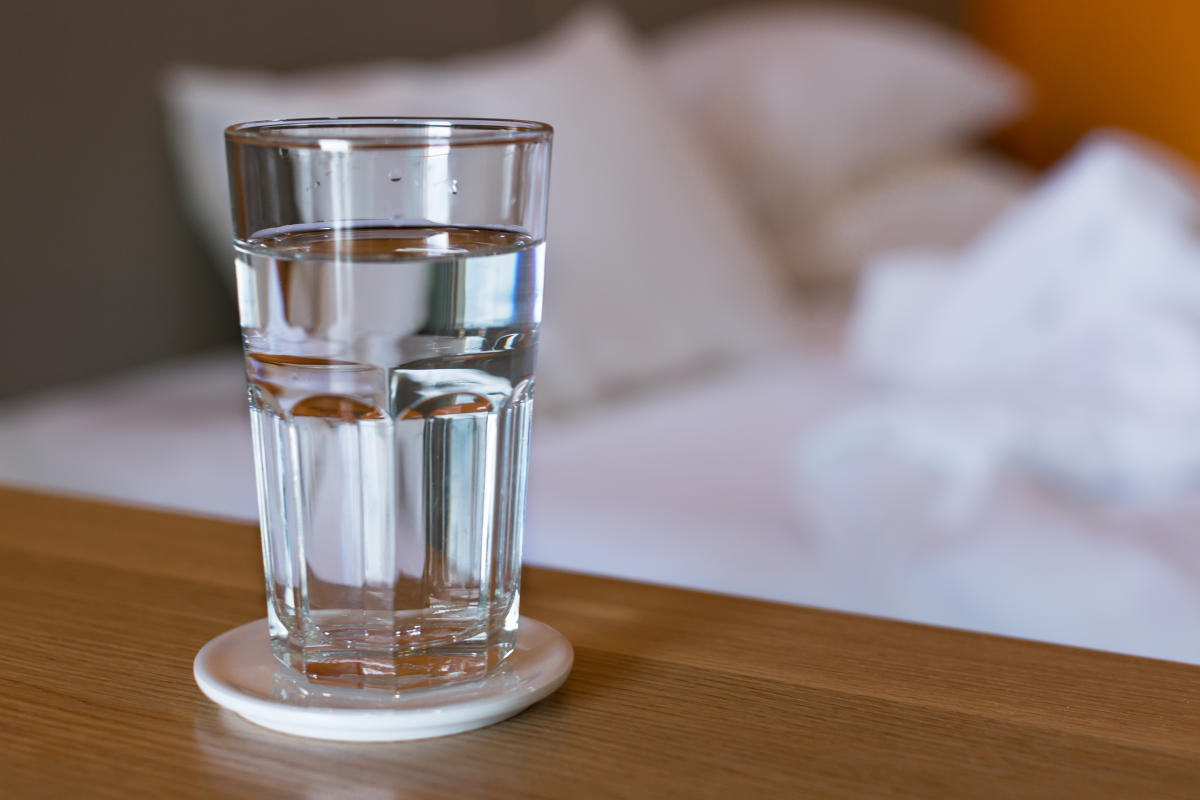
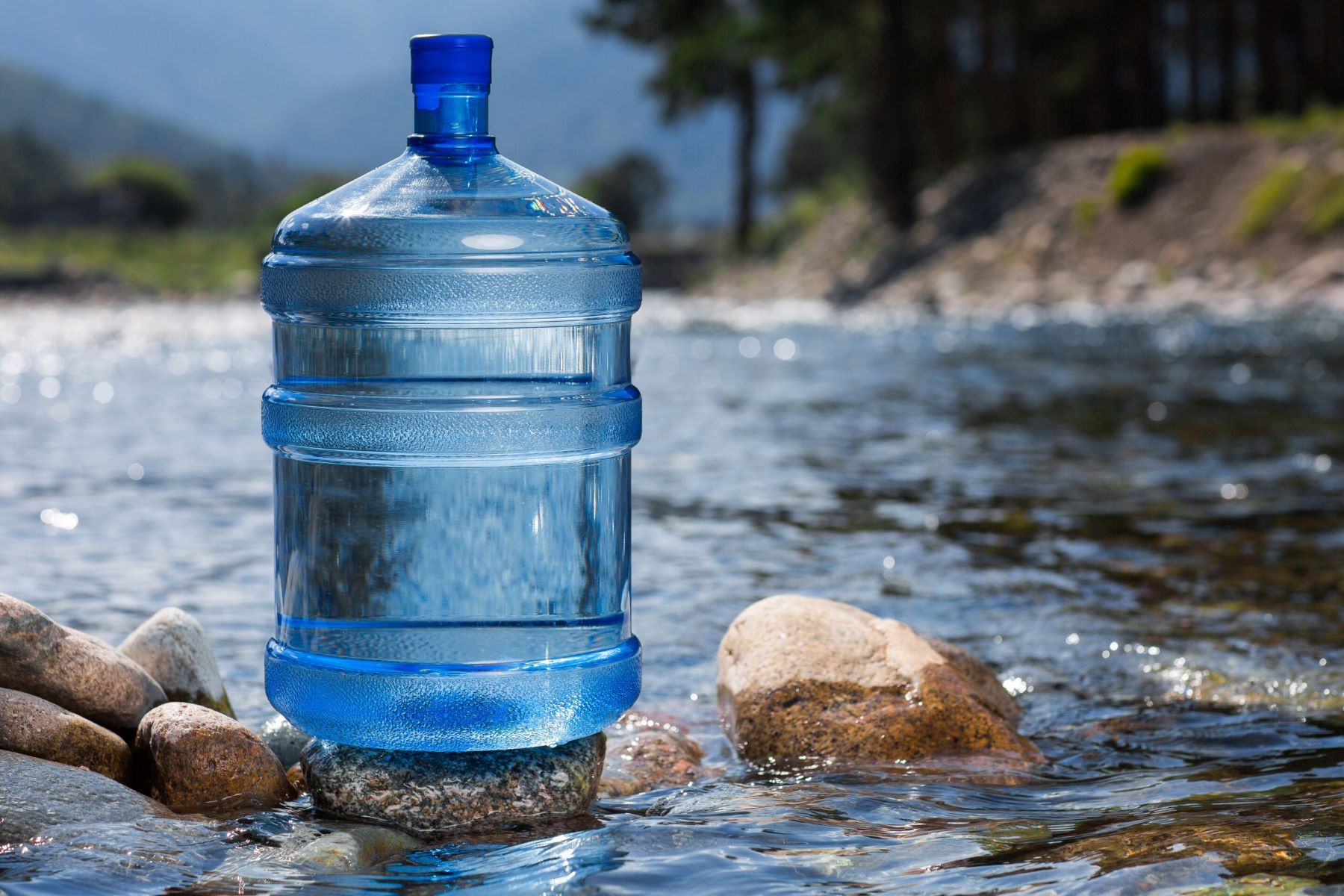
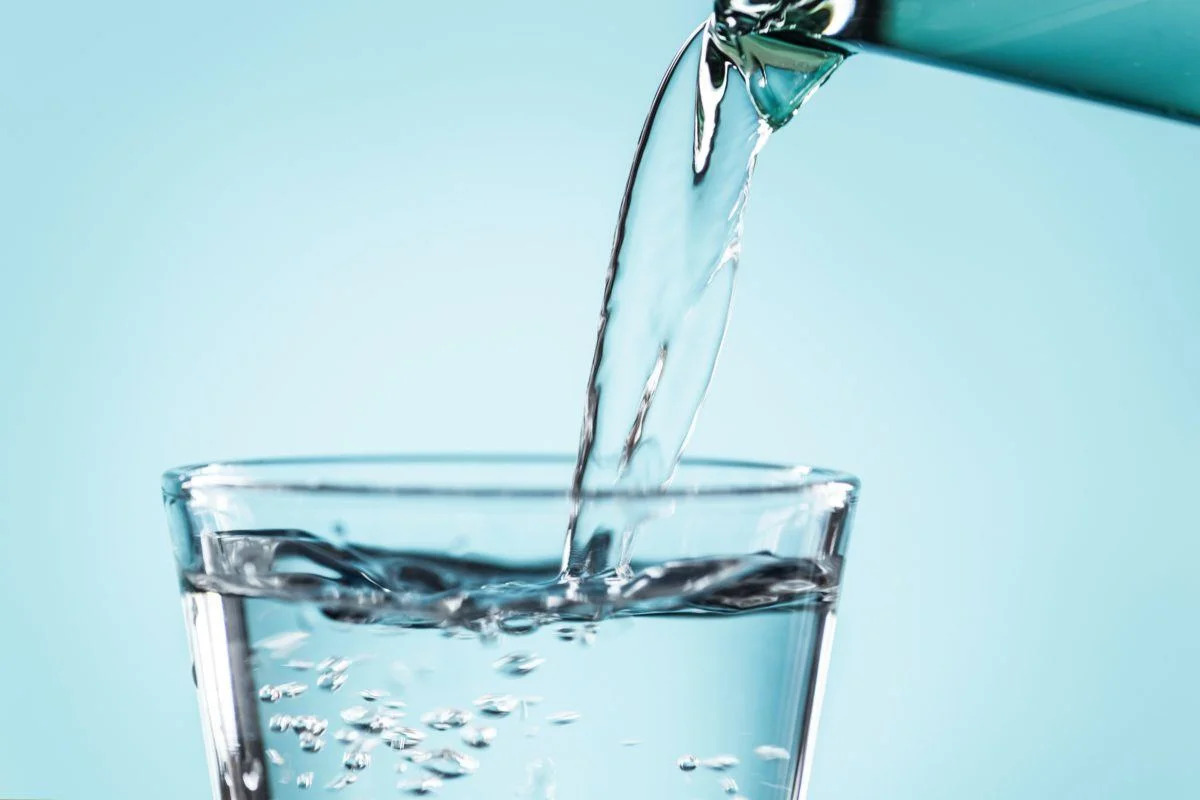
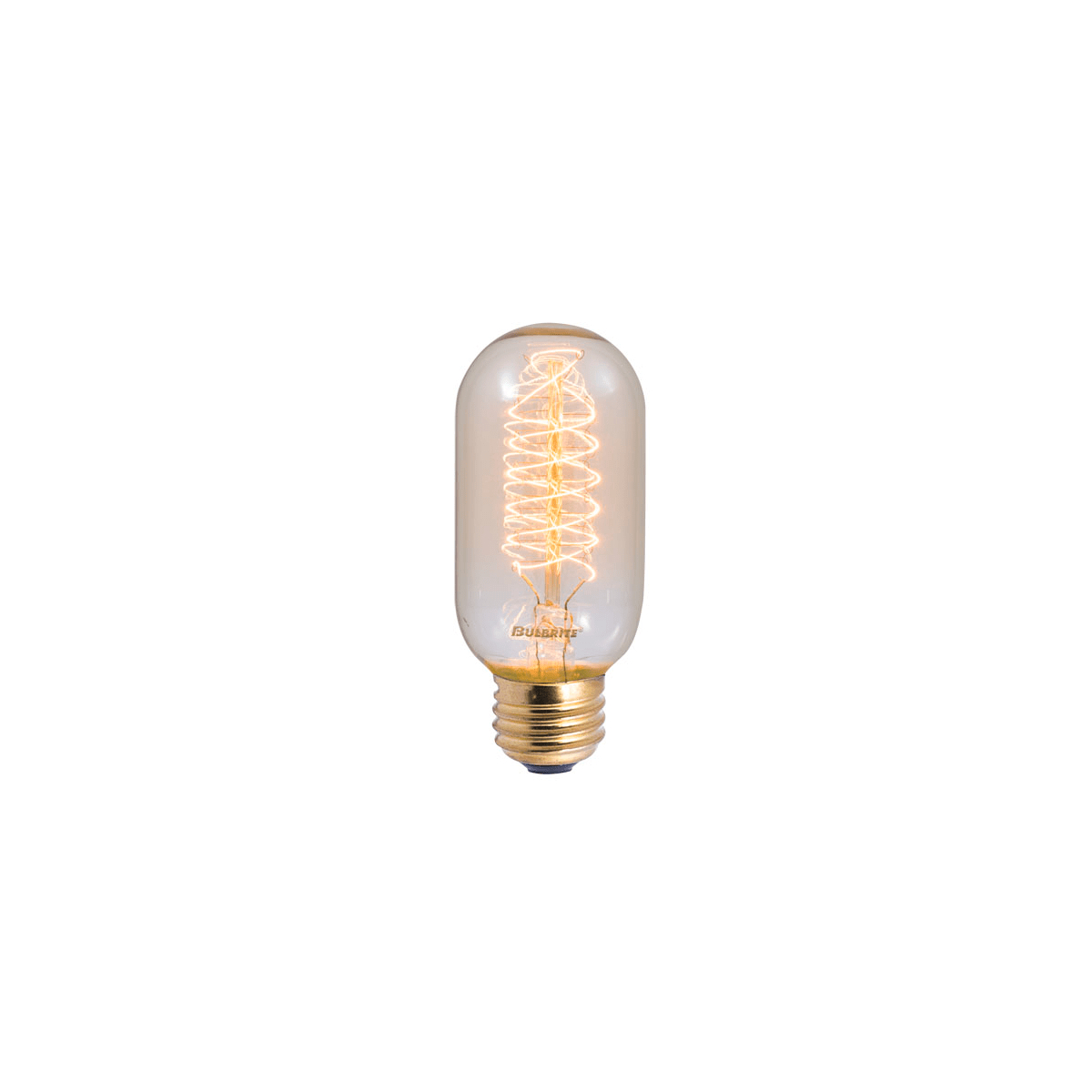
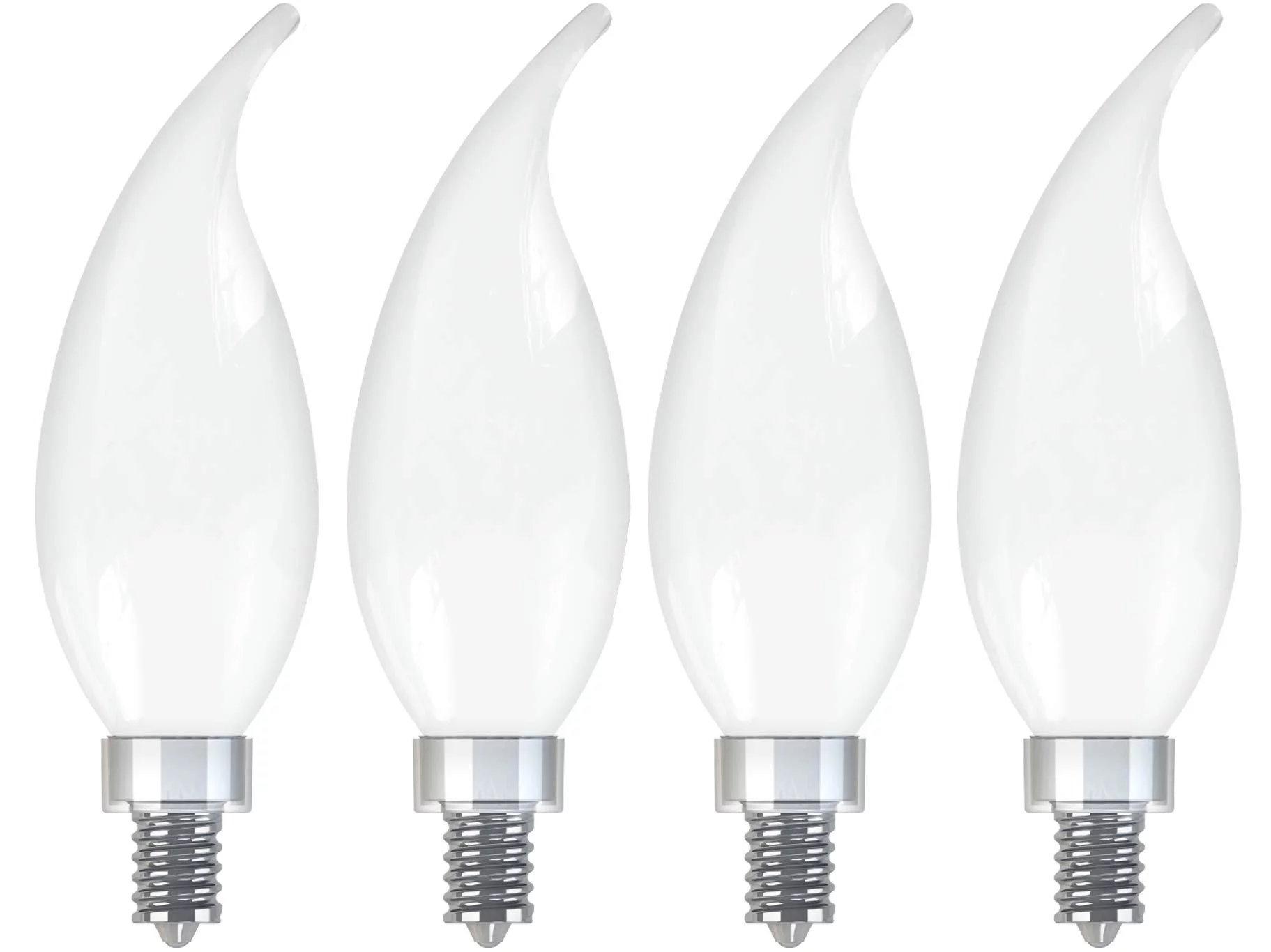
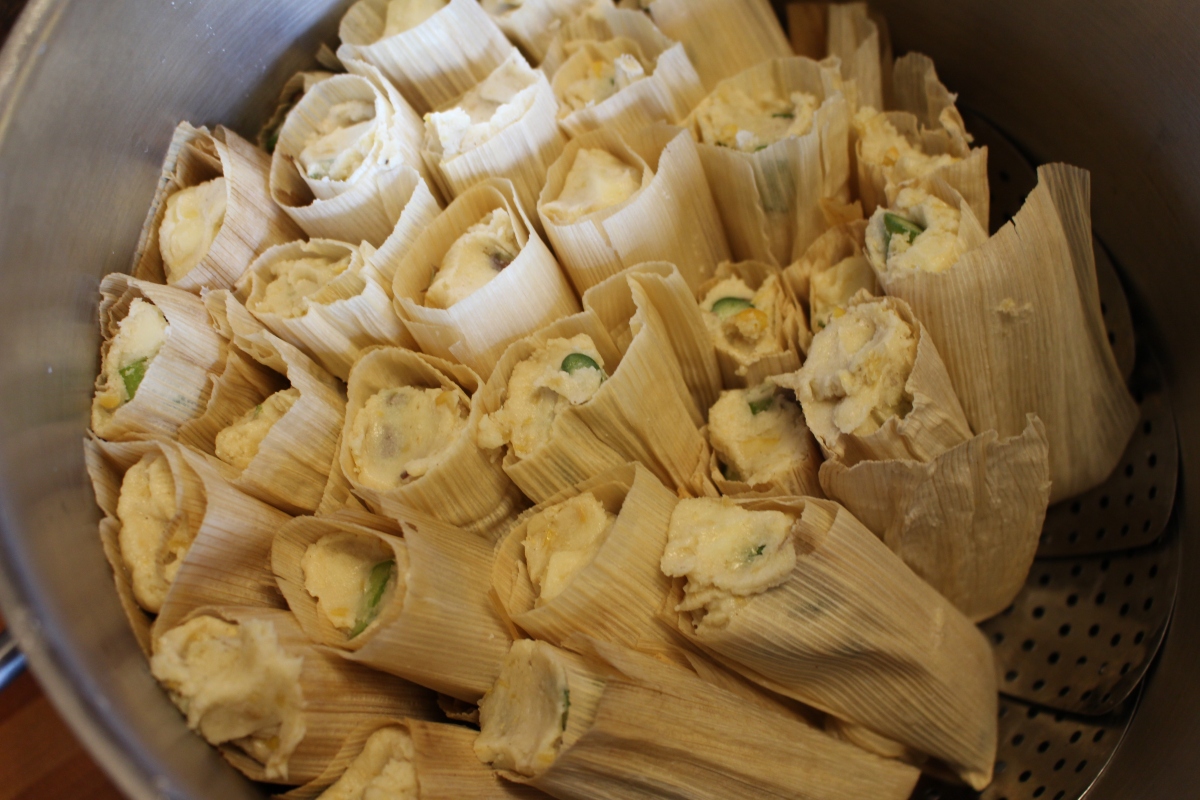
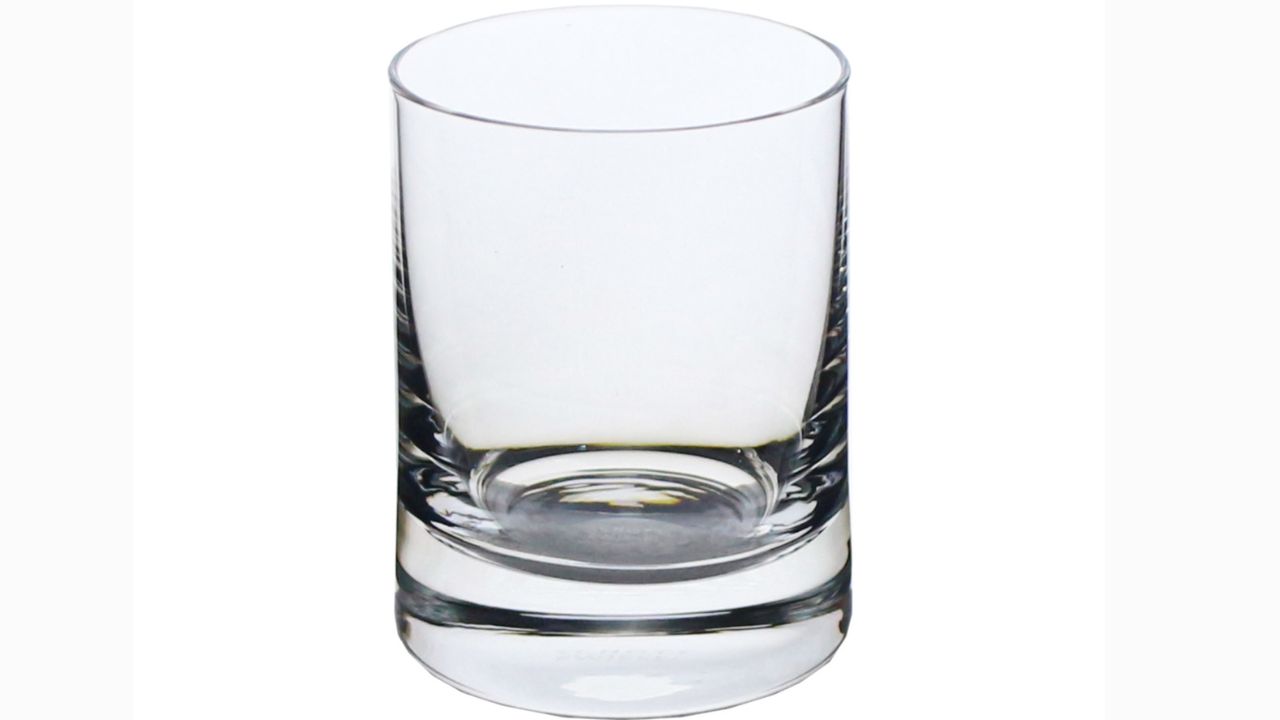
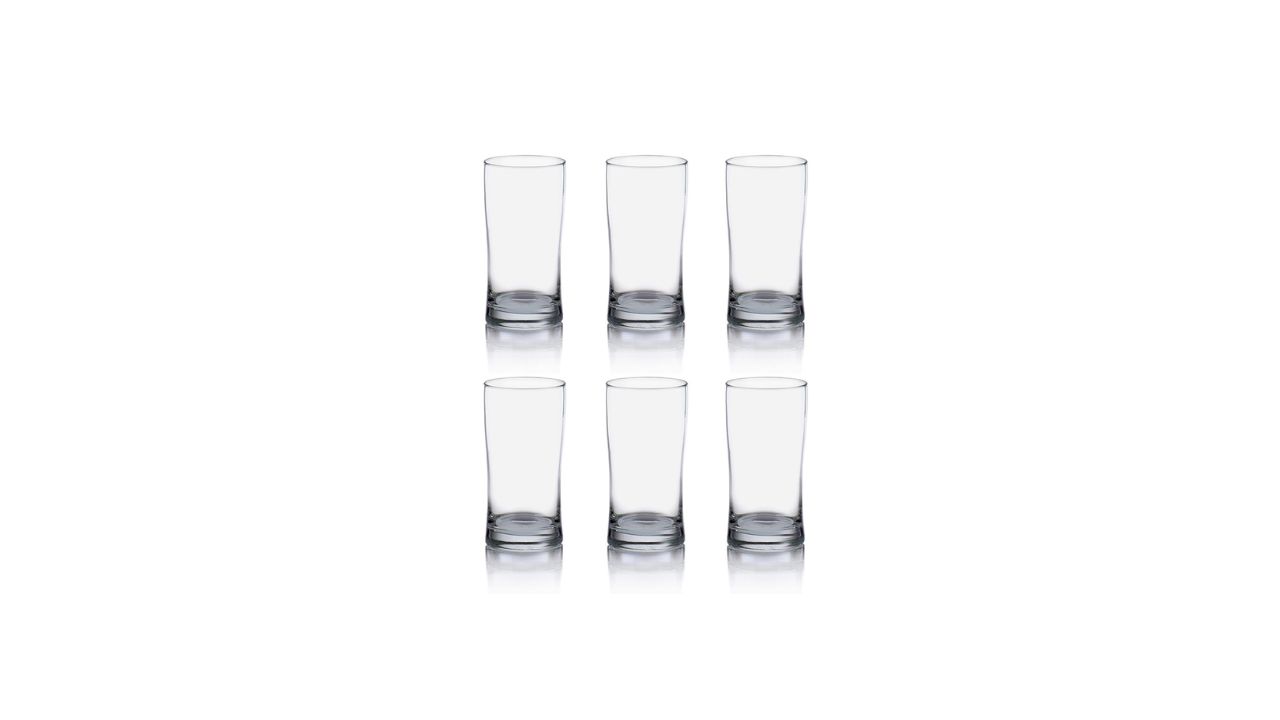
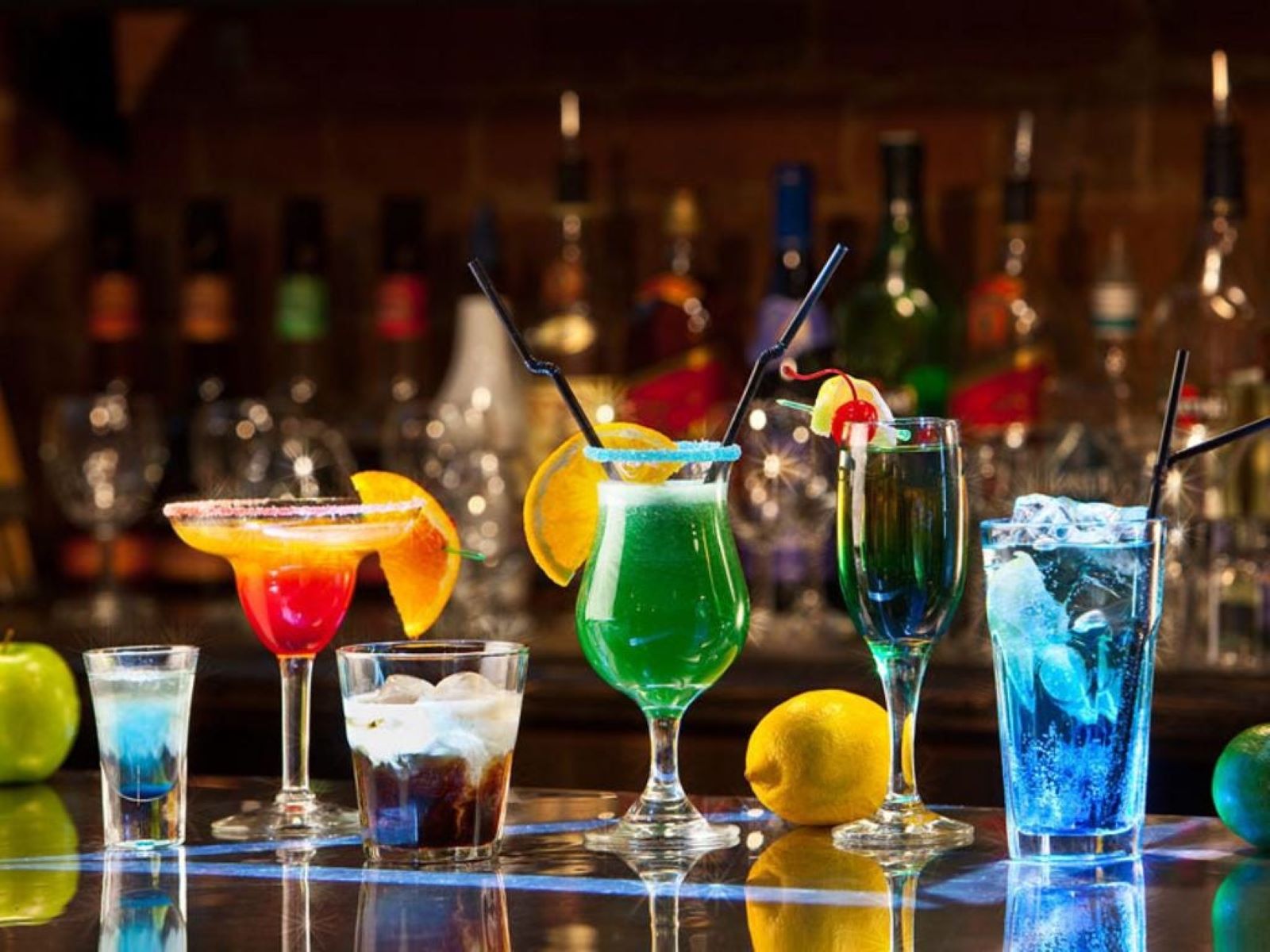
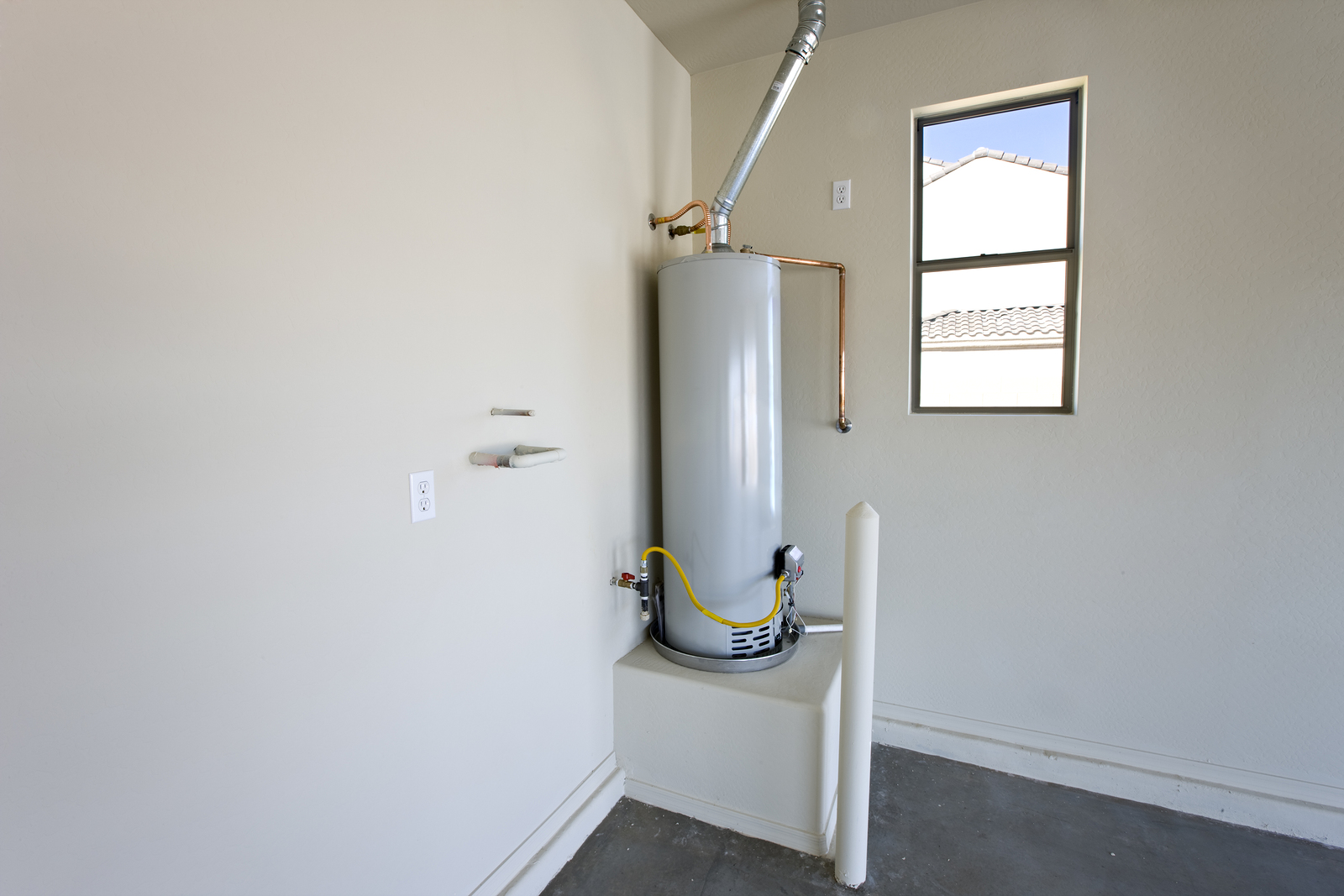

0 thoughts on “How Many Glasses Of Water Is 40 Oz”